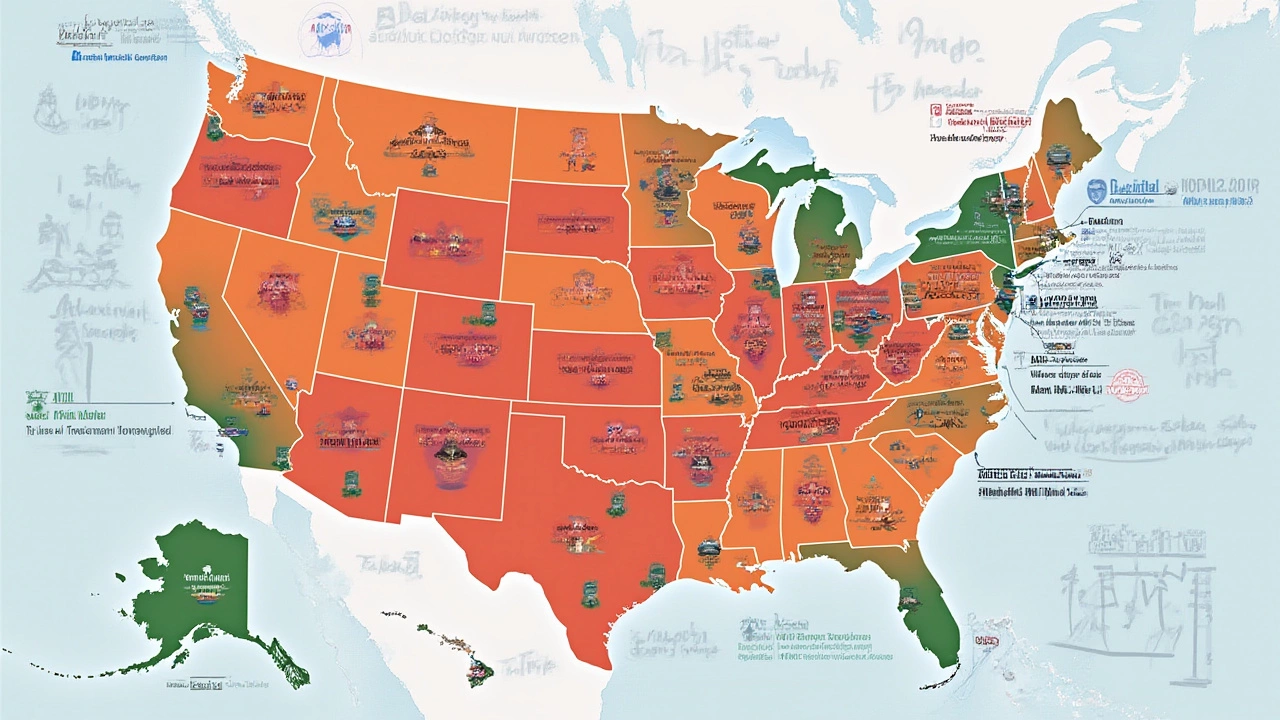Emergency Hospitals: Quick Guide to UK Urgent Care
Got a sudden health problem and wondering if you should rush to an emergency hospital? You’re not alone. Knowing when to call an ambulance, when to walk into A&E, and what to expect can save time, stress, and sometimes money.
In the UK, the term "Emergency Hospital" usually means an NHS hospital with a 24‑hour Accident & Emergency (A&E) department. These departments are built to treat life‑threatening conditions – heart attacks, severe bleeding, major injuries, or sudden breathing trouble. If you’re facing any of these, dial 999 right away.
When to Use A&E vs. Urgent Care
Not every problem needs the full A&E team. Minor cuts, sprains, or mild fevers can often be handled by a walk‑in centre or a GP urgent appointment. Walk‑in centres usually have shorter waits and don’t charge you extra, while A&E focuses on the most serious cases. A good rule of thumb: if your condition could kill you within minutes or hours, go straight to A&E or call emergency services.
For non‑life‑threatening but still urgent issues – like a chicken‑pox rash, a mild asthma flare‑up, or a broken finger – look for a local urgent care clinic. Many NHS trusts list their walk‑in services online, and you can even book a same‑day slot in some areas.
What to Expect Inside an Emergency Hospital
When you walk into A&E, a triage nurse will ask quick questions about your symptoms and vital signs. This step decides how quickly you’ll be seen. The most critical patients are seen first, so if you’re not in the top tier you might wait a while.
Once you’re in a treatment bay, a doctor will assess you, order tests if needed, and outline a plan. Tests could include blood work, X‑rays, or CT scans. Most major hospitals have on‑site labs, so results usually come back fast.
After treatment, you either go home with instructions or, in some cases, get admitted to a ward for further care. If you’re admitted, the hospital will arrange follow‑up appointments, usually with a specialist or your GP.
Private emergency hospitals work similarly but often promise shorter waits and a private room. They’re popular with people who can afford extra fees or have private insurance that covers the cost. However, the NHS covers all emergency care for residents, so you won’t be turned away for lack of money.
Remember to bring your NHS number, ID, and any relevant medical history. Knowing your allergies, current meds, and past surgeries helps staff act quickly.
Finding the nearest emergency hospital is easy – just type "nearest A&E" into your phone’s map app, or check the NHS website for a list of hospitals with A&E services. Keep the number of your local hospital’s helpline saved in your contacts; it can be a lifesaver during a panic.
Finally, a few practical tips: stay calm, give clear answers to triage staff, and don’t bring unnecessary belongings into A&E (they slow you down). If you’re with a child, keep their favorite toy handy to comfort them while you wait.
Knowing when and how to use emergency hospitals takes a bit of planning, but it makes a huge difference when you really need help. Keep this guide handy, share it with family, and you’ll feel more confident facing any urgent health surprise.
Which US State Has the Most Level 1 Trauma Centers? Stats, Surprises & Insights
Explore which state leads the US with the most Level 1 trauma centers, interesting facts about trauma care, and why location counts for your safety.

